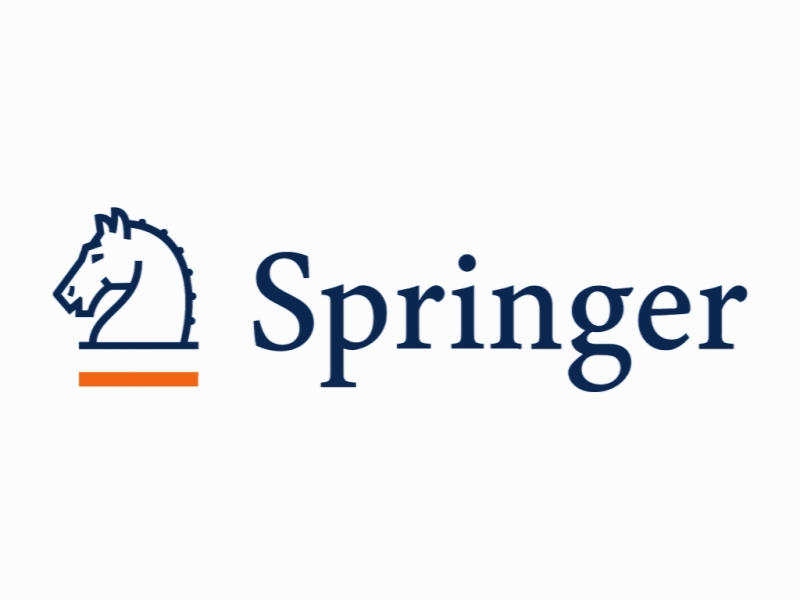روشی ساده برای مدل خط اتصال بتن- میلگرد فولادی در بتن مسلح Simplified approach to model steel rebar-concrete interface in reinforced concrete
- نوع فایل : کتاب
- زبان : انگلیسی
- ناشر : Springer
- چاپ و سال / کشور: 2018
توضیحات
رشته های مرتبط مهندسی عمران
گرایش های مرتبط سازه
مجله KSCE مهندسی عمران – KSCE Journal of Civil Engineering
دانشگاه Civil Engineering Dept. – University of Engineering and Technology Lahore – Pakistan
منتشر شده در نشریه اسپرینگر
کلمات کلیدی انگلیسی RC, steel rebar-concrete interface, elasto-plastic isotropic element, numerical simulation, FEM code CASTEM
گرایش های مرتبط سازه
مجله KSCE مهندسی عمران – KSCE Journal of Civil Engineering
دانشگاه Civil Engineering Dept. – University of Engineering and Technology Lahore – Pakistan
منتشر شده در نشریه اسپرینگر
کلمات کلیدی انگلیسی RC, steel rebar-concrete interface, elasto-plastic isotropic element, numerical simulation, FEM code CASTEM
Description
1. Introduction Strength, stiffness, efficiency and economy of Reinforced Concrete (RC) make it most widely used construction material in the whole world. Utility of RC, being the most widely used material is derived from the combination of two materials; concrete matrix which is strong and durable in compression and steel which is strong and ductile in tension. In order to maintain composite action between two materials, transfer of stresses between them through bond is essential (Dominguez and Ibrahimbegovic, 2006; Wang and Liu, 2003). In predicting the behaviour of RC structures close to reality, consideration of bond-slip phenomenon is must (Jendele and Cervenka, 2006; Mazzarolo et al., 2012). Currently, various numerical models are available to represent the steel-concrete bond behaviour. Among them, some models consider the introduction of zero thickness elements at steel-concrete interface (Casanova et al., 2012). In the past, a spring element to relate the steel and concrete nodes was also proposed by Ngo and Scordelis (1967). Many research studies have been carried out to simulate the behaviour of reinforced concrete structural elements taking into account behaviour of bond between concrete and steel rebar such as model based on plasticity theory (Cox and Guo, 2000) or the damage theory (Ragueneau et al., 2006; Willam et al., 2004) but few studies were focused on the role of interface between concrete and rebar in the cracking process of the concrete. In recent years, different finite elements have been proposed to model the bond effects in RC structures (Radtke et al., 2010). The models which are based on interface elements (joint elements) are more difficult to use because they need an oriented mesh of the interface with a volume description of the bar which costs more in terms of computation resources and time. Recently a new bond slip model for reinforced concrete structures has been proposed by Mang et al. (2015). This type of model needs an intensive modifications of FE code (new element type not simply constitutive law), as it is not allowed in all commercial codes. Considering this kind of restrictions, an approach based on plastic interface presents a practical interest. In this contribution, an approach to model the steel-concrete interface by introducing massive bond element with elastoplastic isotropic behaviour is proposed. Experimental pull-out test is always considered to be the main tool which provides necessary information required for modelling of bond between steel and concrete (Pyo and Lee, 2010). Stress–strain behaviour curve required for elasto-plastic material model was obtained through performing pull-out tests on concrete samples as per RILEM Standards (RILEM 7-II-128, 1994). After description of the proposed bond element, its validation through uni-axial pure tensile loading test on RC prism and flexure tests on RC beam is discussed in this paper. The finite element code CASTEM (Cast3M, 2000) is used to perform finite element analysis. The detail description of the FEM code CASTEM and as well as detailed theoretical formulation of used damage model of concrete is not the purpose of this paper. The latter has already been published (Sellier et al., 2012a; Sellier et al., 2012b).


